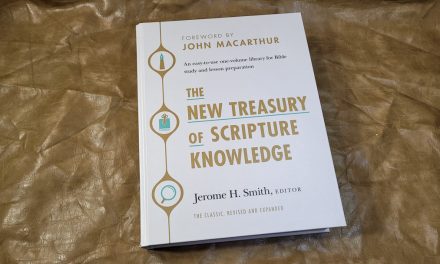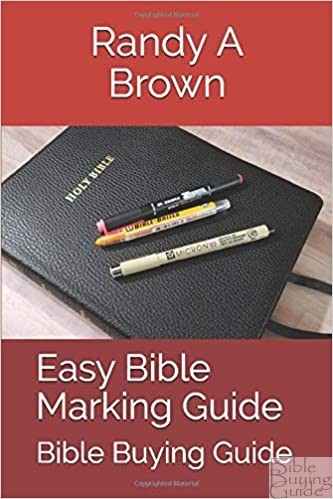
I just finished reading Jann Gray’s newest book Stones of Remembrance. This book is all about Legacy Journaling. What is legacy journaling? It’s creating a new type of family Bible. One that helps communicate what is more significant (instead of more immediate like on social media) to those we love in pictures and words in the margins of a Bible.
I was provided this book free for review. I was not required to give a positive review, only an honest one. All opinions are my own.
_________________________________________________________
This book is available at (includes some affiliate links)
Illuminated Journaling (directly from Jann Gray)
and many local Bible bookstores
_________________________________________________________
Stones of Remembrance is the main piece of a three part set. The main book deals mostly with the “why” and “what to journal” aspects of legacy journaling. There is a companion workbook (which I hope to be reviewing soon) that deals more with the “how” with lots of tips, tricks, techniques, and prompts. There is also a “One and Done” set with many of the images highlighted in the main book on vellum to be easily traced into your own Bible or other project. All of the pieces are completely usable and useful independent of one another.

This book starts with why a legacy Bible is so important. We probably all frequently share stories with our friends and family. Even if we don’t see them on a regular basis we share on social media. Sharing all different parts of our lives is good and what connects us. When it comes to the stories that have greatly impacted our faith however we need a way to make them memorable. These are the stories that can have the most positive impact on the really important thing in life – Salvation and walking with God. We need a method of making them stand out from the crowd.
God frequently used the “See and Remember” principle with the Hebrew children. For example he had them build a pile of stones (with stones from the middle of the river) when he made the flooded Jordan pile up in heaps so they could enter their new home on dry land. The stones were used to remind everyone who saw them what God had done. We use this same principle when we put pictures in our Bibles to remind us of what we’ve learned by art journaling. And we can use it to help others remember the same things by changing our methods just a little and creating a legacy Bible.
Jann’s friendly style and heart of encouragement is evident immediately when reading this book. Journaling and legacy journaling are useful and important to her. She knows they will be for others too and she wants to help give them the knowledge and confidence they need to start (or keep going).

Some basics of Bible journaling are intermingled with advice about legacy journaling in the first few chapters. It includes an overview of basic journaling supplies and when to seal your Bible pages. This would make it possible to jump right into Bible journaling with a big project like a Bible for someone else. I think most people would be more comfortable (and confidant) if they take a class or two, work alongside a friend who already journals, or read a book aimed primarily at beginners before attempting a legacy Bible. A really good choice would be Illuminated Journaling also written by Jann. (Purchase at Amazon) (Read my review)
Jann helps walk you through the process of deciding what to include. God is so vast, the lessons we’ve learned and the things He’s done for us so numerous it can quickly become overwhelming if we try to include them all. Even Jann got temporarily paralyzed by the possible magnitude of a Bible for her son. She suggests two major ways of narrowing down your entries to make it manageable.
First – make it personal. The Bible can defend itself. There are some things your recipient will already know or have to learn for themselves. So focus on the stories that are personal. Share the times God provided for you, your struggles and triumphs in your walk with God, and your a-ha moments. Includes special memories of them or things God has done for them.
Second – give it focus. She came up with the idea of a limited number of “stones” or major concepts you want to convey. Sit down and figure out what you most want to teach or share with this Bible.This helps give your project direction. It also helps keep it from growing to large.

There is a chapter for each of the “stones” Jann chose (Prayer, Obedience, God’s Character, as examples). Each one starts with a few key Scriptures and why that concept was so important to her. She then tells you the story of a couple of events in her life that fit that topic. Then she gives you details about what images she chose and why. There’s a quick run through of what techniques and products Jann used. Black and white images are included of each entry within the text with the full color version in a special section in the center of the book. She ends each chapter with a list of verse for that “stone” and suggestions for other images and entries that could be done.
Even if your topics are different than Jann’s (her’s are so well chosen you’ll probably have at least a few the same) these examples show you how to keep it personal and methods you might use to translate your story into an entry.

I highly recommend Stones of Remembrance to anyone who is considering making a legacy Bible, as well as everyone who is currently working on an art journaling Bible for someone else who isn’t already almost finished. With all of it’s stories, examples, and lists it’s a good addition to you art journaling library even if you have no current plans to journal for anyone but yourself and God.












Trackbacks/Pingbacks